The cool phrases among the proponents of green electricity are ‘distributed networks’ and ‘micro networks’ which, we are told, will eventually supplant the traditional networks of large conventional generators supplying whole regions.
Along the way, or so the fantasy goes, the networks will become 100 per cent renewable without reliability being compromised and consumers will pay less.
This fantasy world is discussed by academics who contribute to the academic site the Conversation, and set out in detail in an April report produced jointly by the CSIRO and a company called Energy Networks Australia, entitled Electricity Network Transformation Roadmap.
This report points to a utopia of consumers generating their own electricity through rooftop panels backed by household batteries, for sale back to the network through smart meters. With the right policies this new cottage industry could account for an astonishing 45 per cent of energy generated by 2050, as opposed to the existing share of just 5 per cent or so.
The bulk of the rest would be made up of wind, the report finds, with a contribution from large solar projects which have yet to really be sighted in the Australian energy mix to date.
The difficulties of maintaining security and stability in such a decentralised network relying mostly on intermittent energy, as shown by South Australia’s recent troubles, are waved away in a section starting on page 53 of the report. This is an issue that requires further work, we are told. Perhaps having so much battery storage would make the network reliable, or perhaps the addition of pumped hydro (dams at different levels), storage in a hydrogen system or perhaps even gas generators if proper carbon capture and storage system can be used to eliminate emissions?
Then the report mentions the old standby excuses that diversifying technologies (Photovoltaics plus wind plus, say, wave generators) and spreading them over a large area will reduce volatility. The report does not mention any examples of this being done in grids elsewhere, and is silent about who may pay for what promise to be substantial additional installations.
Legislators and voters may not feel so confident about the report’s conclusions, given South Australia’s recent troubles, and the patchy record of renewables in other grids. As has been noted in this magazine previously, claims about the success of Denmark and Germany in this respect do not bear close scrutiny (Whacky Schemes, March 25).
There are some success stories, but those are due to circumstances which don’t apply in Australia. A good example of a micro-grid that has gone 100 per cent renewable is that of Kodiak Island off the Southern coast of Alaska, but about 80 per cent of the grid’s power came from hydro-electricity before the island’s government decided to make the change to cut diesel fuel consumption. Now, about 14 per cent of the power for the island’s 14,000 residents comes from wind, which is backed up by yet more hydro power and a battery which can store about 30 seconds worth of power – to smooth the transition when the wind goes down and the hydro-power is being ramped up. The island also still has the diesel generator to hand if worse comes to worst.
The upgrades required for the clean network cost the council about $55 million, including a $14 million grant and nearly $40 million in special clean energy bonds with nearly zero interest. Despite all that assistance and the elimination of the need to buy diesel, the payback period has still been calculated at about nine years, or too long to interest private investors.
Academics talking about micro-networks, however, do not like to mention these real-world examples. These micro-networks were not discussed in the CSIRO report, but the concept often pops up in the renewables debate with academics carefully explaining that they can be isolated grids or sub-sectors of major grids. These grids are utopias of consumers trading electricity from roof top PVs, so that consumers will get their electricity cheaper than the power produced by the hated fossil fuel generators. If they are part of an urban grid this activity may reach the point where a micro-grid can even operate independently from the main grid.
This, like so much else in the renewables debate, is nonsense. For some idea of the likely costs if anyone were to act on these ideas, we need look no further than Kodiak Island or perhaps the micro-grid to be built for the West Australian coastal town of Onslow. Situated at the point where the coast turns east, it is only a few kilometres from the giant Wheatstone LNG project.
This micro-grid will have a gas generator, using gas from Wheatstone, a big battery and photovoltaics all designed to ensure that more than 50 per cent of energy delivered is renewable. But the state government still has to commit $70 million to achieve this ambitious level. Chevron, one of the partners in the Wheatstone project, will contribute an unspecified amount as part of its investment in the area. All of this investment is for a town of less than 1,000 people.
Onslow may be a long way from anywhere with construction costs to match, but the fact remains that a network capable of delivering whatever power is needed 24 hours a day, seven days a week, is an engineering feat and an expensive proposition. There is no indication that a bunch of PV panels, backed by batteries, spread over a small urban area will substitute for such a service. Consumers will still need the major, central generators.
The obsession with photovoltaic panels on domestic roof tops is in fact a reversion to pre-Industrial Revolution methods of manufacturing. If such panels are of any use why aren’t they in a central, properly managed and sited generating facility, so that the grid managers have some hope of integrating its output in their supply plans to the grid? No one can say. Fantasies about micro-networks delivering clean energy to electricity communes of peasant consumers, who have to be guided by wise academics, are more fun.
Got something to add? Join the discussion and comment below.
Get 10 issues for just $10
Subscribe to The Spectator Australia today for the next 10 magazine issues, plus full online access, for just $10.
You might disagree with half of it, but you’ll enjoy reading all of it. Try your first month for free, then just $2 a week for the remainder of your first year.

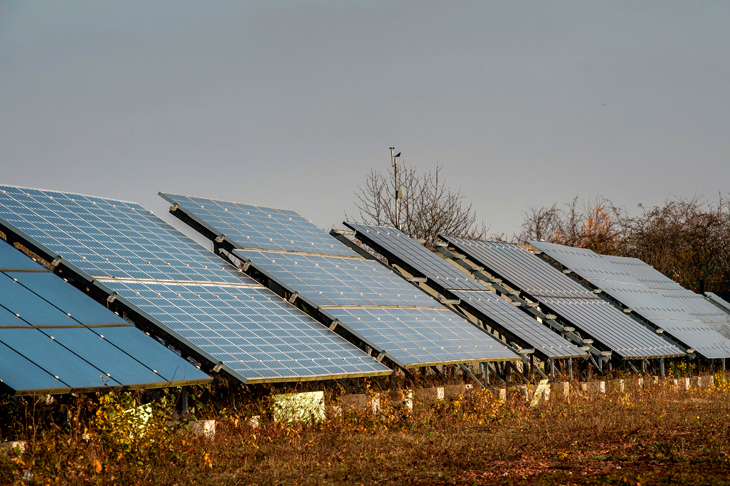
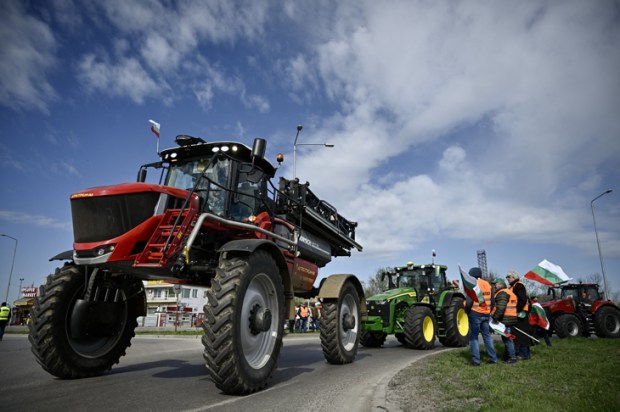
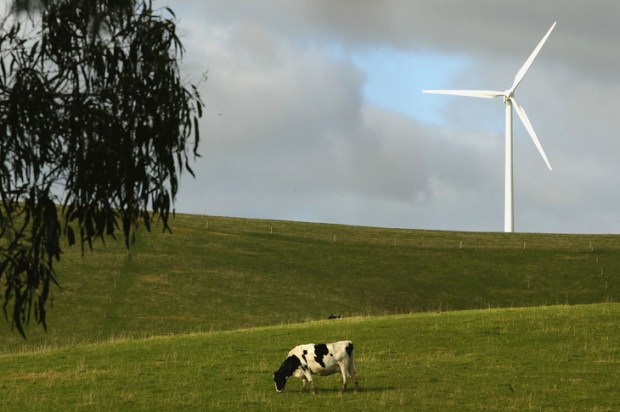
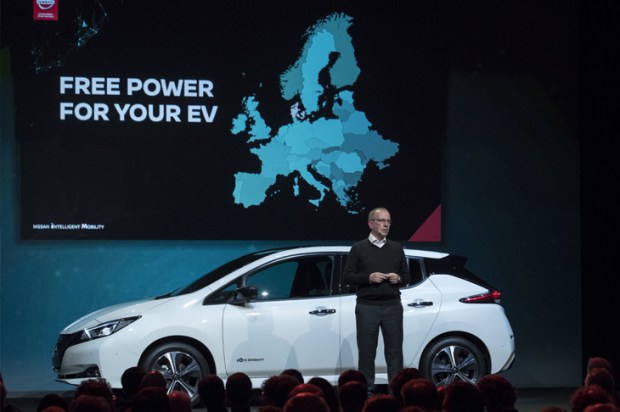
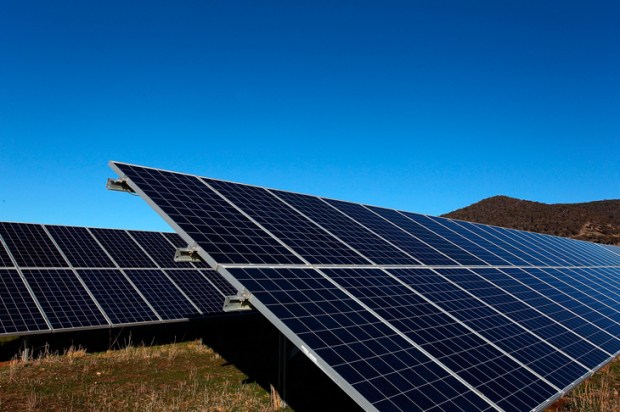








Comments
Don't miss out
Join the conversation with other Spectator Australia readers. Subscribe to leave a comment.
SUBSCRIBEAlready a subscriber? Log in